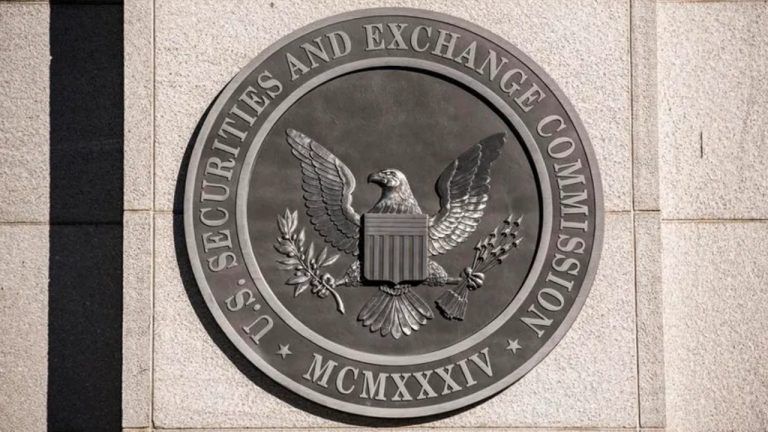On-chain derivatives are DeFi’s next boom opportunity — Apollo Crypto

With centralized exchanges coming under increasing scrutiny, Henrik Andersson has touted the promise of decentralized derivatives.
On-chain derivatives are set to become the next big growth sector in the decentralized finance (DeFi) space, says Henrik Andersson, the chief investment officer of Australian crypto investment firm Apollo Crypto.
In a wide-ranging interview with Cointelegraph, Andersson said he thinks the increasing popularity of decentralized spot trading will inevitably lead to outsized demand for decentralized derivatives.
“The first decentralized spot exchanges were launched roughly six years ago. Decentralized perpetuals and futures trading is much newer, so there is a high growth opportunity to be had with on-chain derivatives.”
Andersson explained decentralized spot exchanges have continuously gained market share from centralized exchanges — a trend that has only increased since the collapse of FTX in November last year.
During May’s memecoin frenzy, daily trading volume on decentralized exchanges (DEXs) such as Uniswap even briefly eclipsed that of mainstay centralized crypto exchanges like Coinbase.
The following month, on June 7, trading volumes on DEXs again surged, growing well over 400% following the Securities and Exchange Commission’s crackdown on Binance and Coinbase.
“In the last year, we’ve seen Uniswap trade more daily volume than Coinbase, and if you look at the overall market share [of DEXs], it’s still small, but it’s gaining ground,” Andersson said. “On a monthly basis, we’re doing over $50 billion in spot volume on DEXs.”
In June, futures trading accounted for nearly 80% of the entire crypto market’s trading volume across centralized exchanges. Andersson said he sees this futures-heavy trend being replicated in DeFi as well and lauded on-chain derivatives as the “best product-market fit” the DeFi space has seen in years.
“Most of the volume is in futures, so there’s an even greater growth opportunity for on-chain derivatives.”
Outside of decentralized derivatives, Andersson also mentioned two emerging market sectors that have piqued his interest in recent weeks.
The first is NFTFi — blending nonfungible tokens (NFTs) and DeFi — which allows investors to rent, borrow and fractionalize NFTs as well as create derivative and prediction markets based on them.
Describing the nascent sector as having a “strong investment narrative,” he claimed DeFi investors will inevitably end up utilizing NFTs for a wider range of functions.
The second emerging theme is LSDFi, which bootstraps the utility of liquid staking derivative (LSD) tokens such as Lido Staked ETH (stETH) and Rocket Pool ETH (rETH) by allowing investors to borrow, speculate and hedge against their LSD tokens.
Related: Over $204M lost to DeFi hacks and scams in Q2: Finance Redefined
In the wake of Ethereum’s Shapella upgrade, the popularity of LSDs has grown rapidly, with LSD protocols as a category surpassing DEXs in terms of total value locked (TVL), according to data from DefiLlama.

“We have seen a growing number of protocols use staking derivatives as collateral in DeFi, and I think we’ll see much more of that going forward,” Andersson explained.
With the LSD space gaining momentum, Andersson made it clear that the market will need to combat worrying levels of centralization among certain staking providers and create a more balanced array of protocols.
“Lido is a bit too dominant for Ethereum itself. We want to have a larger pool of potential stakers and protocols providing that service,” he said. “All of us in the space would like to see not just more protocols themselves but a more diversified environment altogether.”
Magazine: Tornado Cash 2.0 — The race to build safe and legal coin mixers









